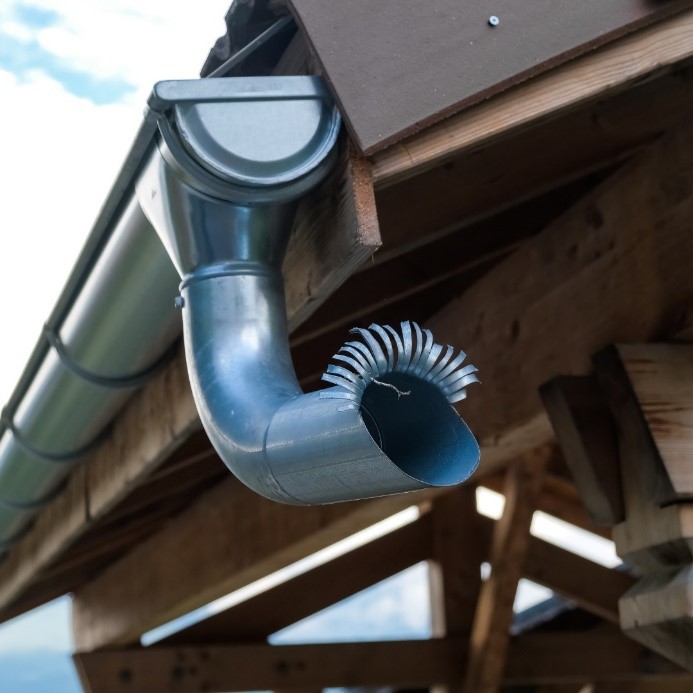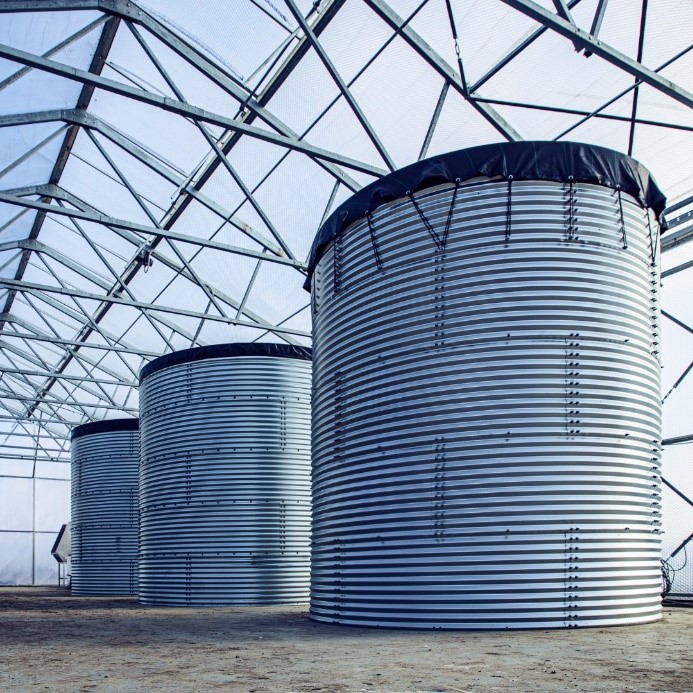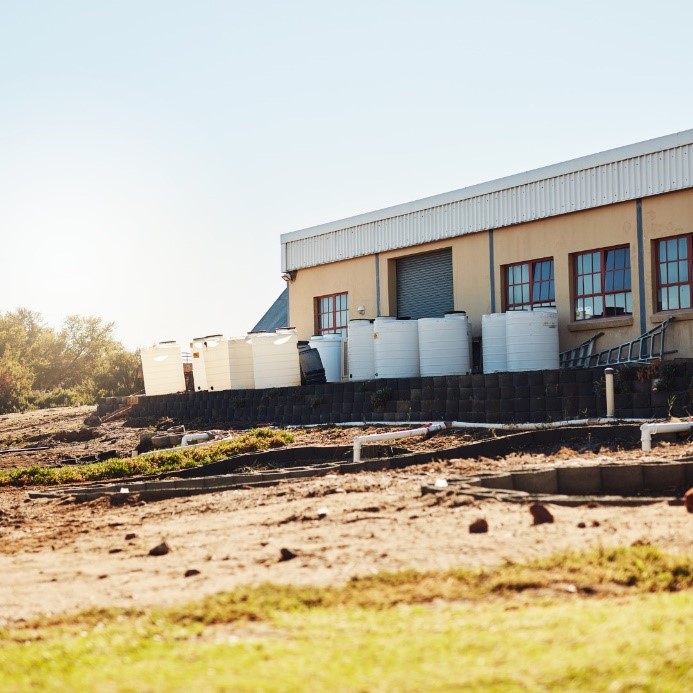The increase in water scarcity in urban areas is a serious indication of depleting groundwater reserves. It denotes an immediate need to amplify the measures to conserve groundwater through various methods. Cities like Bangalore and Chennai are among the list of water-stressed regions in the world. Promoting rooftop rainwater harvesting in Tamil Nadu and Karnataka can help create more awareness.

But what is rooftop rainwater harvesting? Let’s find out in this blog.
Rooftop Rainwater Harvesting
Rooftop rainwater harvesting is an effective solution to collect, conserve, and utilize rainwater instead of letting it go to waste. Tamil Nadu Water Supply and Drainage Board (TWAD) has been promoting different methods for rainwater harvesting for many years. It is now promoting rooftop rainwater harvesting (RRWH) as an effective means for households and property owners to collect rainwater and improve groundwater levels in the region.
Simply put, RRWH is the process of building a rainwater harvesting pit where the water from the rooftop flows directly. This pit will have a filter and is connected to a storage tank. It can also be connected to bore wells, open wells, recharge pits, percolation tanks, etc.
Factors to Consider When Building a Rooftop Rainwater Harvesting System
Though the government has given permission for households the freedom to design the RRWH pits at their convenience, the results will be effective when you consider the following factors.
-
Quality Raw Materials
The materials used for rooftop rainwater collection pits/ tanks should be non-toxic. Toxic and chemically reactive materials will affect the water stored inside and can pollute groundwater and damage your health.
-
Smooth Surfaces
The rooftop rainwater harvesting pits should have smooth and paint-free walls. This enables easier maintenance and prevents algae from getting stuck in the ridges and cracks. Do not paint the inside walls or the bottom of the pit, as paints can contain toxic chemicals and peel off over time.
-
Clean Gutter Pipes
Gutter pipes are crucial as the rainwater flows from the rooftops to the pits through them. Make sure to remove the dirt, leaves, and other items that get stuck in the gutter pipes. A blocked pipe can prevent rainwater from reaching the pit and even lead to other complications. Additionally, fit a mess filter at the end of the gutter pipes to collect and remove the debris. Moreover, the first flow of rainwater with dirt should be discarded.
-
Storage Tank
If you intend to store the rooftop rainwater in a tank, make sure the storage tank has a tight-fitting lid that blocks sunlight. The tank has to be regularly cleaned to stop bacteria and germs from growing. Furthermore, the storage tank should be away from the wastewater collection tank to avoid contamination.

Maintenance Requirements
The rooftop rainwater harvesting pits and pipes should be properly maintained to improve the quality of water collected. Before the rainy season, you should clean the roof, the gutter pipes, the collection/ recharge pit, the filters, and the storage tank.
However, don’t use harsh chemicals or acids for cleaning, as the toxic traces can remain long afterward and pollute the water. Use eco-friendly and natural products. Scrub the bottom and walls of the pits and flush out the remaining water with sediments. This water can be used for plants. Replace the filters as recommended by the manufacturer to maintain water quality.

Conclusion
Rainy Filters offers different cost-effective products and solutions for rooftop rainwater harvesting in Tamil Nadu. The company promotes groundwater recharge in rural and urban areas by designing custom solutions based on topography, budget, and water consumption requirements.
Call us for more information.

